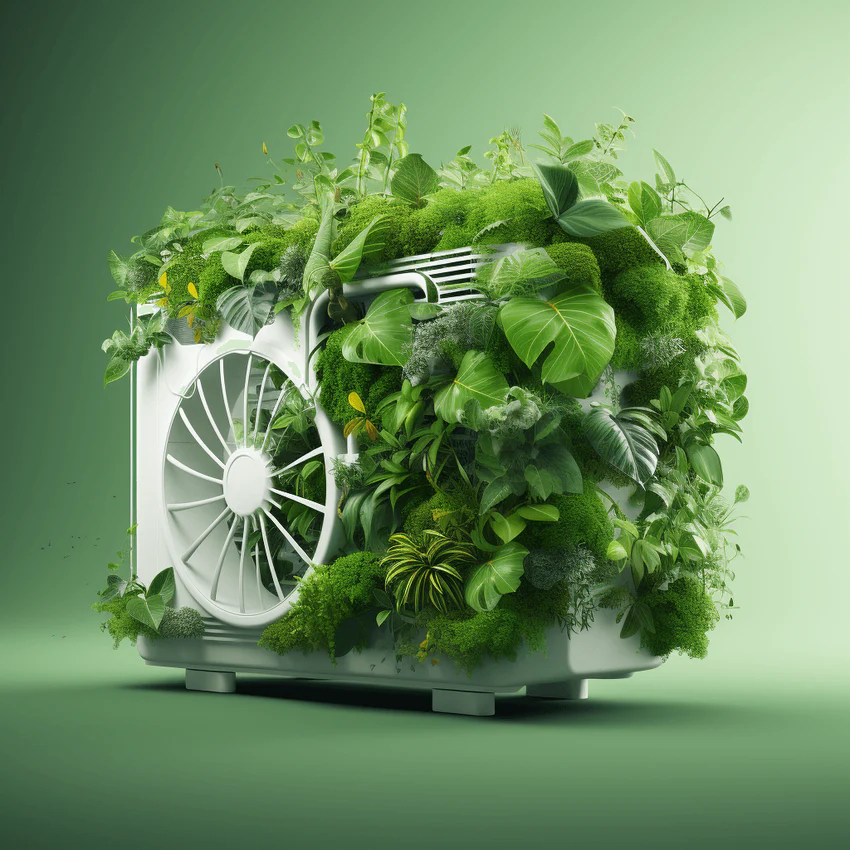How long has HVAC been around? Who was the first person to invent a heating/cooling system? They’ve been around longer than you think. Let’s take a look at the history of HVAC, from its ancient origins, all the way through to today.
Ancient HVAC History
The first cooling systems were invented by the ancient Egyptians. To beat the heat, they would hang wet reeds in their windows. As the breeze blew through the reeds, the water would cool the air as it came into their homes. This was essentially the first rudimentary swamp cooler.
A ductwork cooling system, meanwhile, was invented by the ancient Romans. One of the things they were most famous for was their aqueducts. These structures would carry water from the river to nearby towns, for drinking, washing, bathing, and anything else. And that “anything else” included central cooling. Pipes would run through the walls of people’s houses, and water from the aqueducts could be directed through them. This water would help cool the house.
Finally, the first rotary fans were invented in China, around 180 B.C. Operated by turning a crank, these “winnowing fans” were originally created to separate wheat from chaff. However, it was quickly discovered that they could provide cooling as well.
Heating History
From medieval times, all the way through to colonial days, home heating was done by fireplace. Then in 1742, Benjamin Franklin invented the Franklin Stove. Made of iron, it produced heat more efficiently than a standard fireplace, with less smoke. These quickly became the standard for well over a hundred years.
Then in 1919, the first gas furnace was invented by a woman named Alice H. Parker – one of the first African American women to receive a patent. A system of ducts and vents was used to convey hot air from the furnace to the rest of the home, and the invention quickly replaced the wood burning stove and other methods as the standard for heating.
Cooling History
The first modern air conditioner was invented in 1902 by a man named Willis Carrier. However, it didn’t start as a method of cooling the air, but of dehumidifying it. A publishing company was having trouble with humidity, which would wrinkle the paper used in printing their books. So Carrier created an evaporator coil, which removed the moisture from the air, cooling it in the process. The cool air was then circulated through the publishing house, keeping their books dry and wrinkle-free.
In 1914, those A/C systems started to be used for residential cooling. However, they were 7 feet tall, 20 feet long, and cost $10,000, so they were only available to the very rich. The smaller, more affordable A/C system we know today first came to prominence in the 1940s. Its popularity grew quickly, and by the 1960s, nearly every new home was built with central air.
Modern Heating and Cooling
Today’s heating and cooling systems are designed to maximize comfort, while minimizing energy usage. In particular, many modern HVAC systems use smart technology.
Smart thermostats, operated via your mobile device, can learn your family’s heating and cooling preferences over time, and adjust to them automatically. Zoned systems adjust each room’s air based on its specific needs, to eliminate uneven temperatures. Sensors also tell them when someone enters or leaves a room, so you don’t pay to heat or cool an area while it’s empty. Geofencing even uses GPS to know when someone is leaving the house, or about to return, and adjust the thermostat accordingly.
This is just the tip of the iceberg when it comes to HVAC advancements. The technology has come a long way, and only continues to get better. If you’d like to know more about the latest advancements in HVAC tech and how they can benefit you, contact us!


